A morning with Cat Stevens Vinyl and CD
Friday, 26 February 2021 11:39:29 am Australia/Melbourne
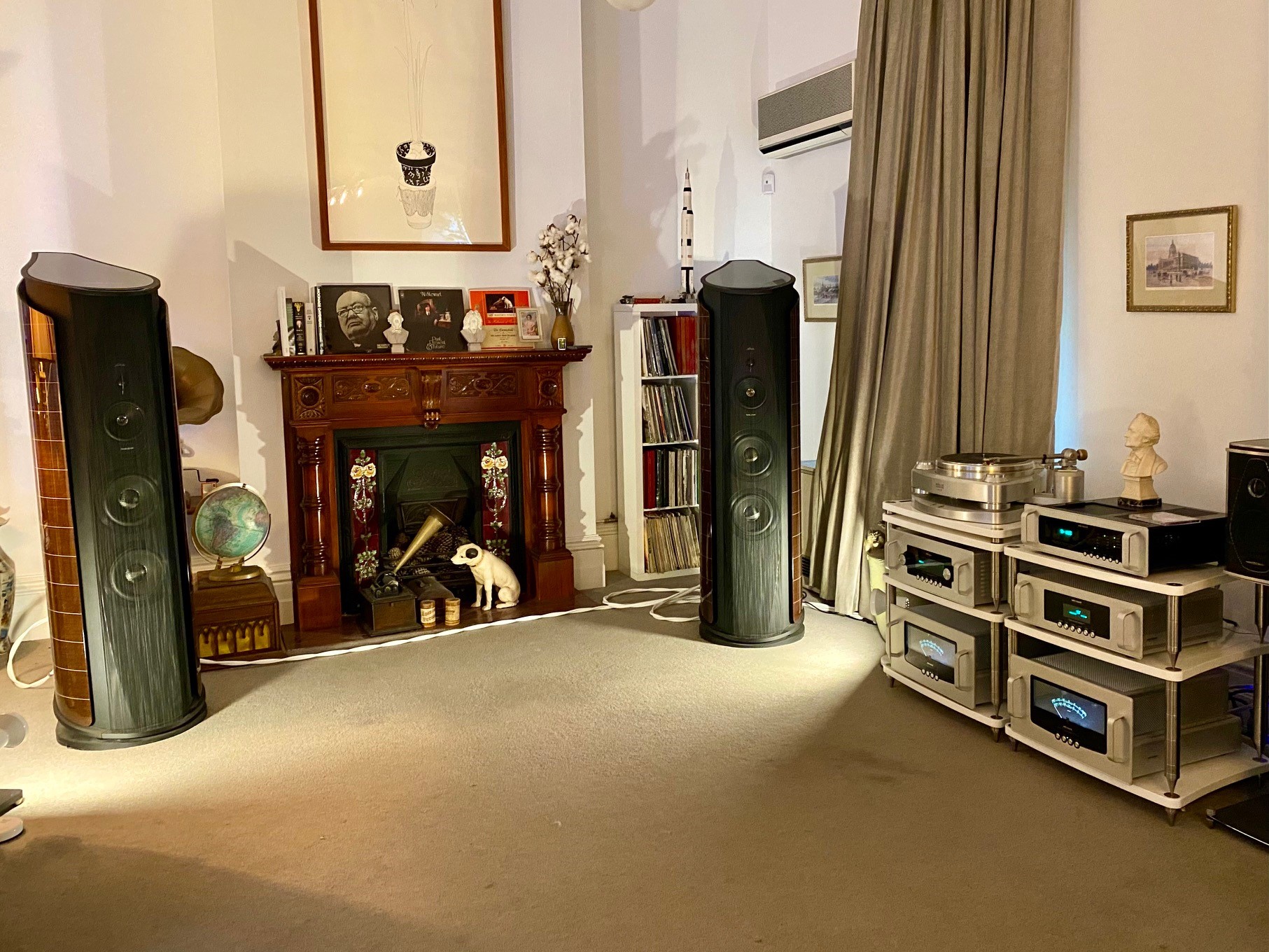
Recently an old friend came in for a listening session and bought a rather special UHQR Mobile Fidelity recording of Cat Stevens in with him.
He had been given this in Hollywood 10 years ago and it was still sealed in its original wrapping … for people who love this type of music and High Fidelity this is the equivalent of opening that bottle of Penfolds Grange Hermitage that you have been saving.
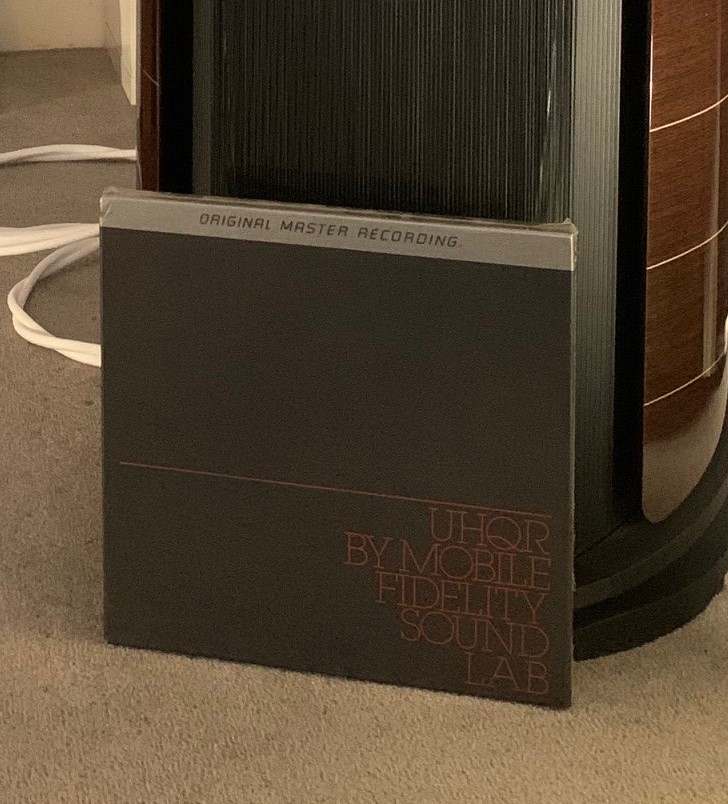
We had the particular advantage of being able to use the Carlton Audio Visual reference system for this audition: Sonus faber Aida loudspeakers with Audio Research electronics and Chord Sarum cabling …
The record was beautiful, and it is a measure of the enjoyment that a really good recording allied to some of the planets better replay equipment in that it offers a tangible life experience that certainly lies alongside both the most refined and the depraved of quality human activities … but without any of the moral, physical, or fiscal hangovers of those.

Having Yusuf Islam come into your living room and give a personal performance is what I’m talking about here. Were one able to arrange the actuality of that event, I would suspect that you would have to be more than simply a billionaire oligarch but would probably have to be, for example, the President of the United States … and not just any President …
Even then you wouldn’t be hearing him at his unfettered 22 year old peak of youth and creativity in the way that the record we listened to did. Therein lies another facet of our relationship to music, it is a form of time travel that returns us in time and space to … the way we were at the point in our lives when we met that music.
It’s not just the simple sum of our senses of sound, vision, smell, and touch of that time. Music will momentarily recreate that self that we were when first inculcated with a particular piece. It will effectively replay our soul to ourselves from when we first started that relationship with the piece of music.
This soul travel through music is generally associated with adolescence however, it actually extends across the spectrum of our lives and is not always rose tinted. There are bad times that we all have to travel through as well the good, and the music that we listen to becomes the mistress of our poignancies.
For me Tea for the Tillerman is actually a double barrelled bitter-sweet association. Firstly, as a dark time as a teenager being despatched to a Gothically sinister Manchester boarding school after my mother died. But then as a terrifically positive time in my late twenties in Australia rediscovering it in my new wife’s record collection and it becoming part of our family life.
The listening session offered another opportunity in that my friend also had an Ultradisc Original Master CD AAD recording of the same album. With an Audio Research CD9SE to hand … about $30K worth of CD Player and fabulous … it was a great opportunity to try the competing replay formats.
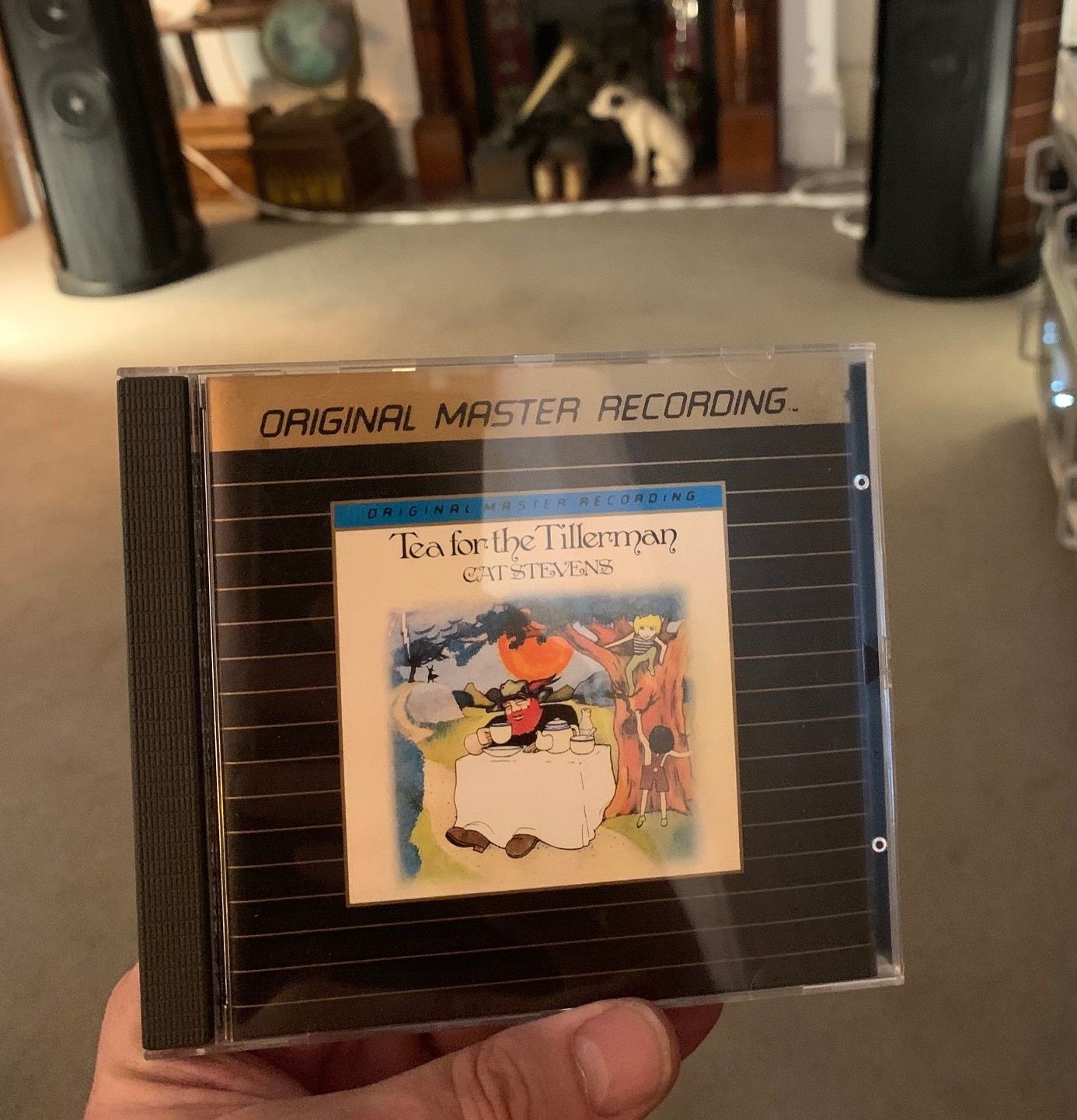
In brief the CD in isolation was still excellent. However it was immediately brash and artificial by comparison with the natural and fatigue free rendition of the Vinyl version.
When playing the record there was an effortless sense of sharing the room with Mr Stevens (as he was known then). The backing instruments and his guitar were just … there …
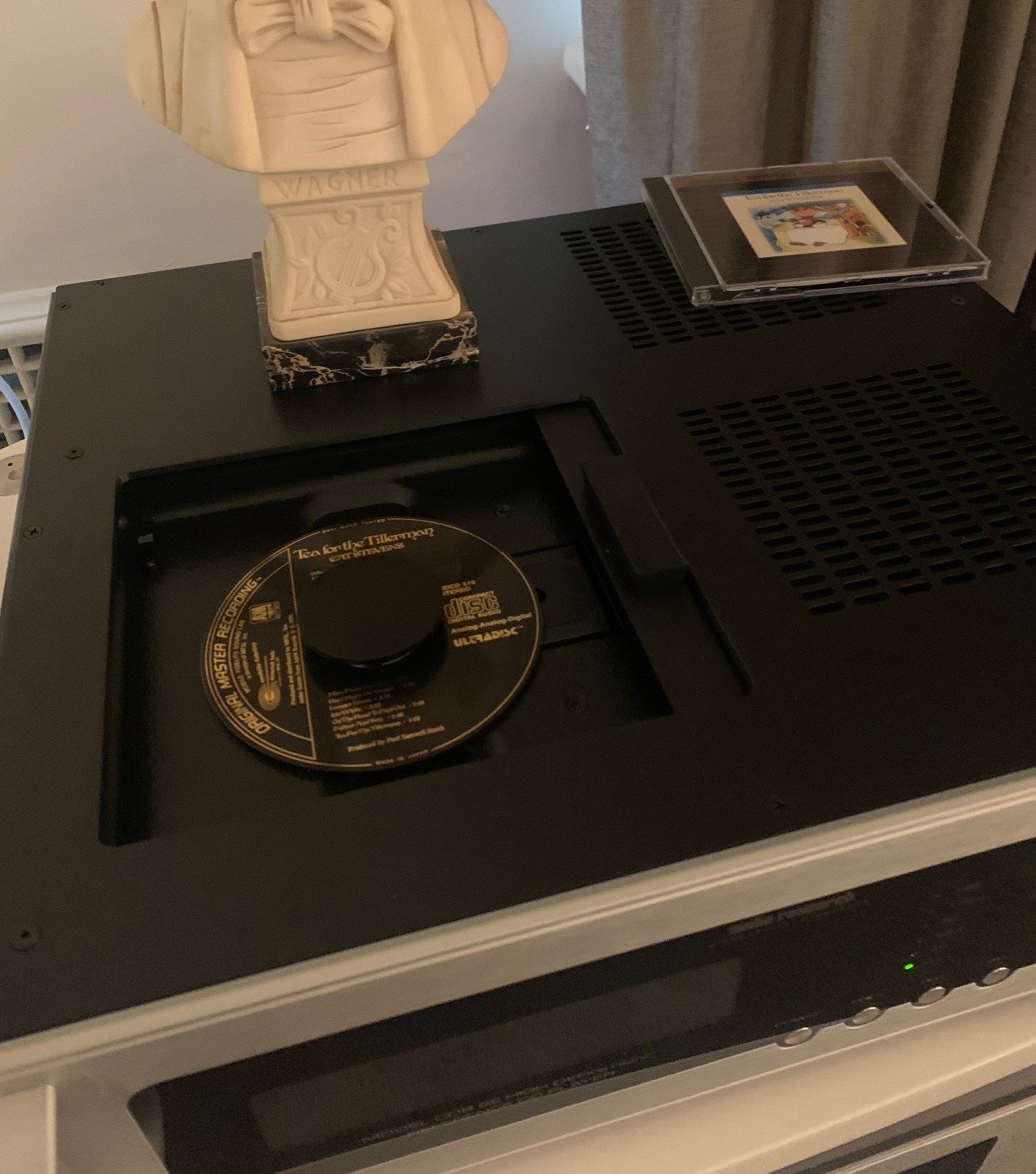
The CD by contrast seemed to be forcing the instruments into our perception. Mr Stevens was now brash and almost metallic by comparison and although the sense of space was portrayed it felt as though the performance had been moved out of an intimate prepared studio into a linoleum floored lunchroom. The instruments were easy to find on the CD but they were garishly presented by comparison.
Now let’s be clear … the Vinyl replay equipment we were using is more than a bit special: Acoustic Signature Ascona II turntable with TA9000 tonearm and Van Den Hul Stradivari Crimson cartridge through an Audio Research Ref 9 phono stage. I don’t want to talk about it’s price but it’s more than three times the Audio Research CD player, so yes there may well be an unfair advantage here.
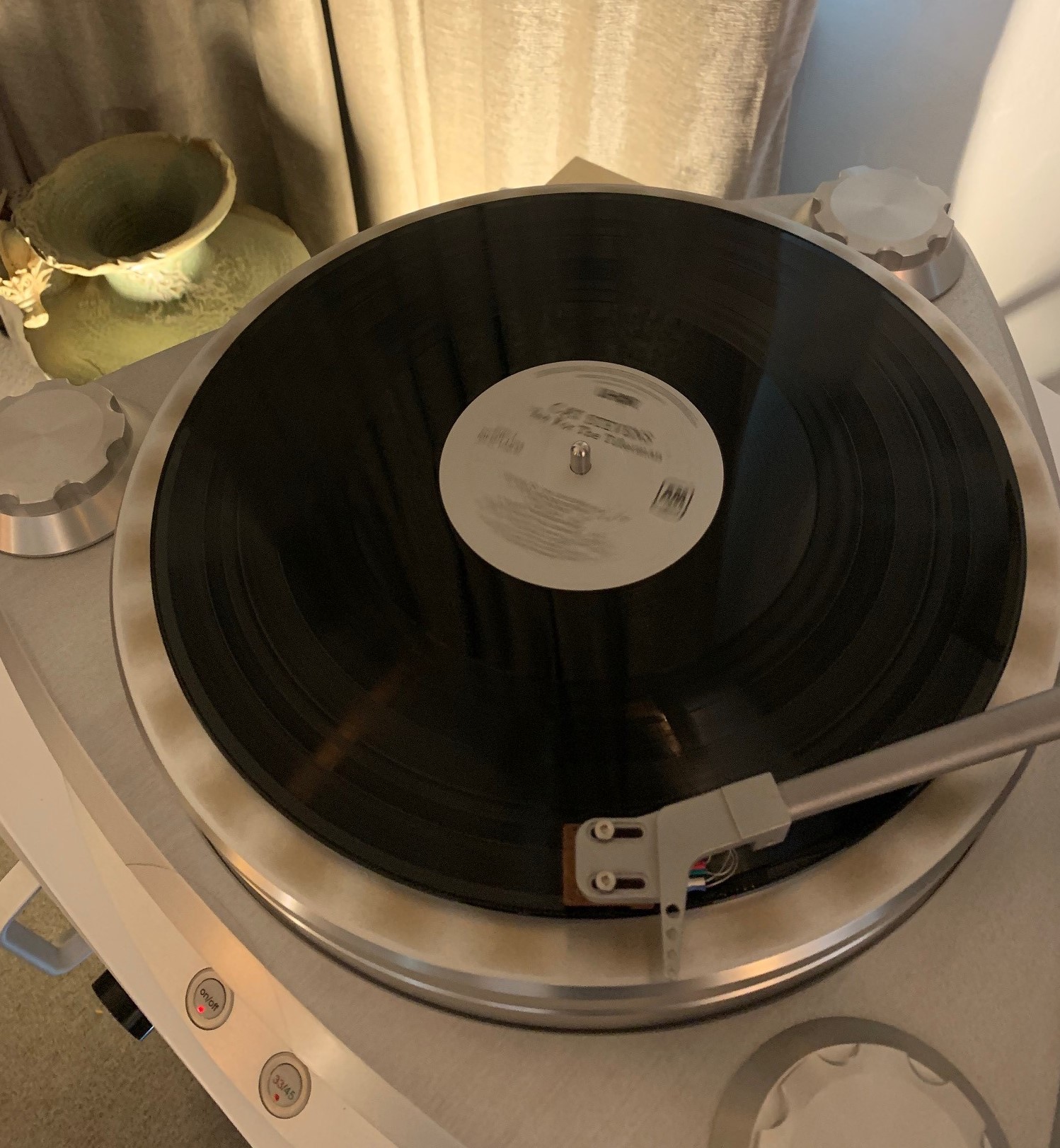
It’s always been the case for our purveyance activity though that the shortest way to creating an emotional engagement with a potential client has been to play them a record. Frankly I have been amazed at how bad the condition of some of the records I have played to people have been and yet they still love the music produced enough to purchase the kit being demonstrated. It goes to show that it is the raw content of the music that matters in the end rather than how well it measures.
During the nineties in Carlton Audio Visual we always kept a Rega Planar 3 going with a ratty copy of Dark Side of the Moon. People would hear the music through the hiss and pop and wonder why they were enjoying it so much.
These days I keep a new 180 gram version of Dark Side and also have a rare SACD version that I will play in the Yamaha 5000 series room. The SACD is actually fantastic but prone to jumping and skipping like a scratched record, while the 180 gram recent vinyl I feel isn’t actually as enjoyable as the abused 1973 floppy pressing I had.
It is a worry that Vinyl’s resurgence is perhaps leading to people paying for 180 gram type recordings that aren’t as good as the over pressed eighties originals. Perhaps the recordings have been “cleaned up” and consequently sanitised of their soulfulness.
Enjoy the music.

